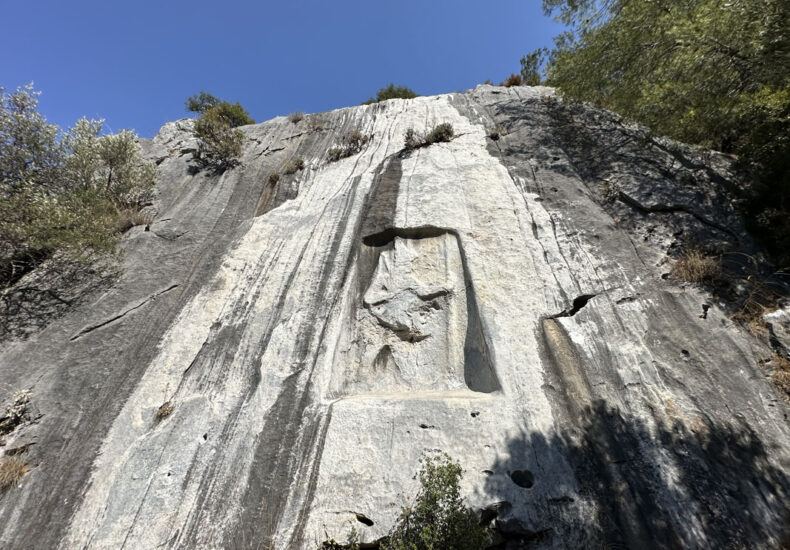
Forgotten Hittite Legacy in İzmir: Karabel Rock Monument Cries for Help
Hidden among the rugged hills of western Türkiye, the Karabel Rock Monument, a rare and invaluable Hittite relic, is slowly deteriorating due to neglect, vandalism, and lack of protection. Situated along the Kemalpaşa–Torbalı road in İzmir, this ancient site stands as one of the last surviving examples of Hittite rock art in Anatolia.
A 3,000-Year-Old Warrior Carved in Stone
Carved into the southern face of a rocky cliff, this 2.5 x 1.5 meter relief depicts a Hittite warrior holding a spear in one hand and a bow in the other, with the hilt of his sword visible at his waist. Accessible only via a forested path and a set of damaged stairs, the monument remains largely unknown to the wider public despite its historical significance.
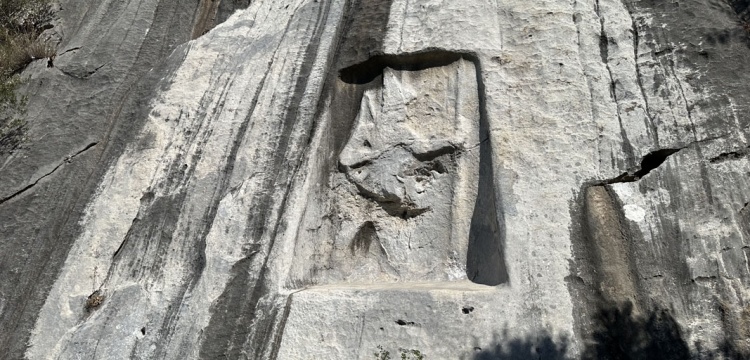
A Unique Hittite Monument Still Standing
According to Adnan Erdoğan of Arkeolojikhaber, the Karabel Monument is one of only three Hittite rock reliefs officially recorded in Türkiye. The other two were destroyed during past construction works, making Karabel the sole survivor of its kind. This alone gives it immense archaeological and cultural value.
Damage from Both Nature and Humans
Unfortunately, the monument is under constant threat. The stairs leading to the site have collapsed, its surface has been damaged by corrosive chemicals, and illegal treasure hunters have left marks from sharp tools. These forms of degradation have sparked growing concern within the archaeological community.
📣 Our WhatsApp channel is now LIVE! Stay up-to-date with the latest news and updates, just click here to follow us on WhatsApp and never miss a thing!!
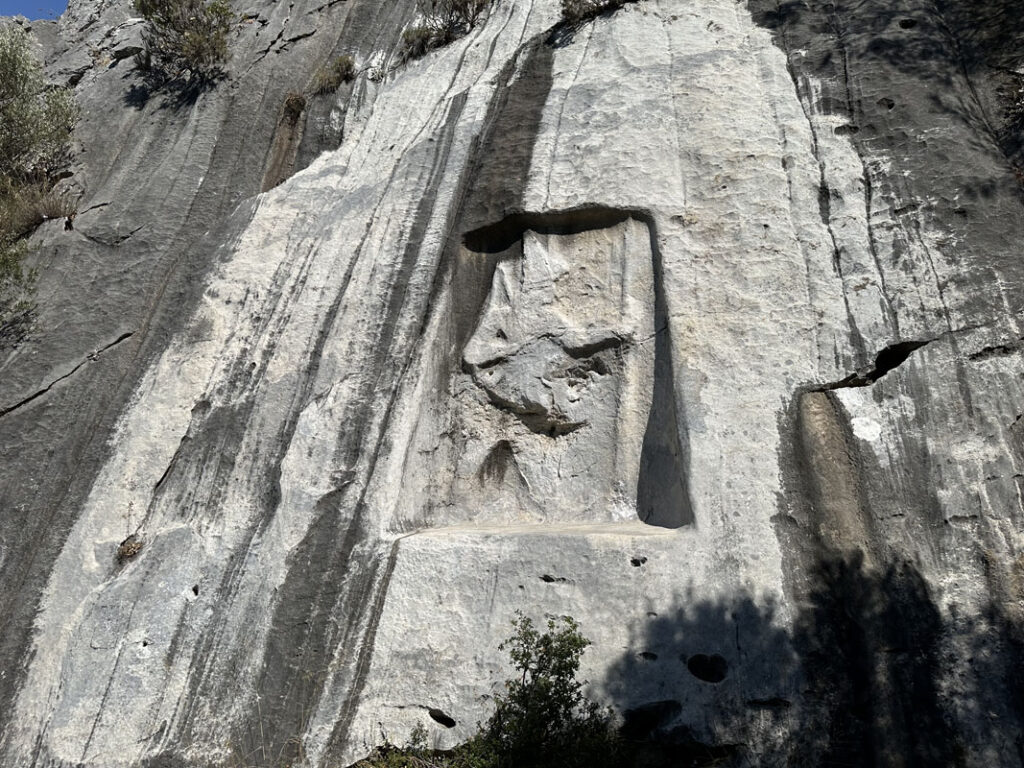
Protection Urgently Needed
Türkiye has received global praise for its efforts to repatriate looted artifacts from abroad, but the deteriorating state of monuments like Karabel raises tough questions about the protection of heritage sites still located within the country.
Experts stress the urgent need for preservation: the site should be secured, restored, and opened to visitors under careful supervision. If protected and promoted properly, Karabel could become a valuable destination for cultural tourism and academic research.
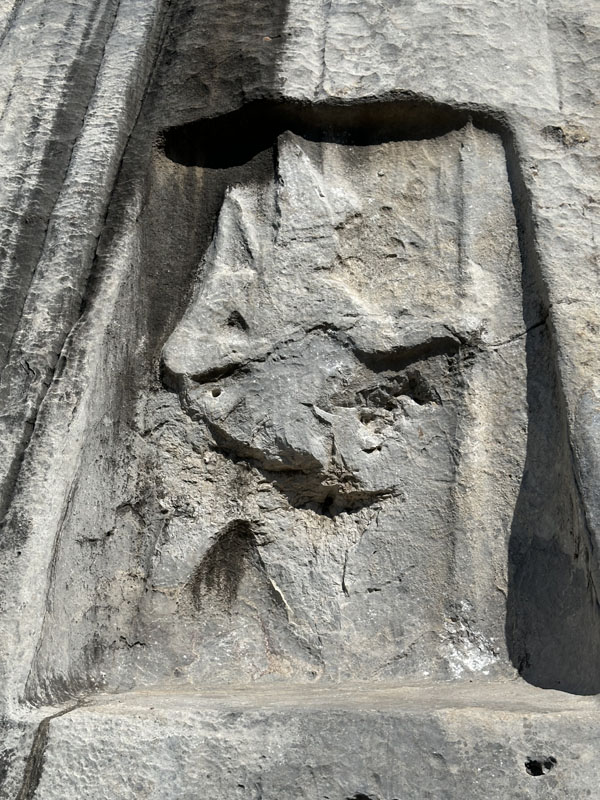
A Window into Anatolia’s Ancient Past
The Karabel Rock Monument offers more than just a glimpse into the Hittite Empire; it reflects the rich, layered history of Anatolia. Protecting this silent witness of the past is not only a matter of archaeology but also of preserving humanity’s shared heritage.
You may also like
- A 1700-year-old statue of Pan unearthed during the excavations at Polyeuktos in İstanbul
- The granary was found in the ancient city of Sebaste, founded by the first Roman emperor Augustus
- Donalar Kale Kapı Rock Tomb or Donalar Rock Tomb
- Theater emerges as works continue in ancient city of Perinthos
- Urartian King Argishti’s bronze shield revealed the name of an unknown country
- The religious center of Lycia, the ancient city of Letoon
- Who were the Luwians?
- A new study brings a fresh perspective on the Anatolian origin of the Indo-European languages
- Perhaps the oldest thermal treatment center in the world, which has been in continuous use for 2000 years -Basilica Therma Roman Bath or King’s Daughter-
- The largest synagogue of the ancient world, located in the ancient city of Sardis, is being restored

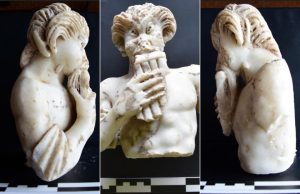
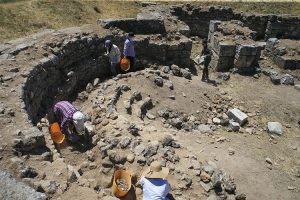
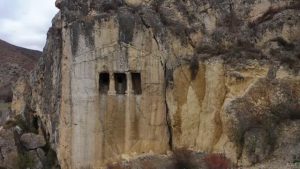
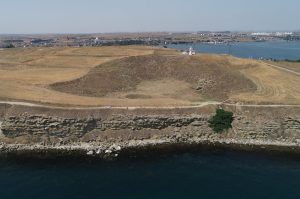
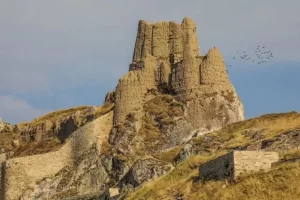
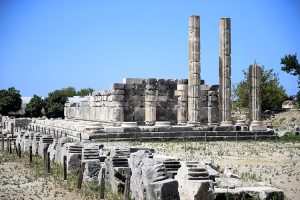


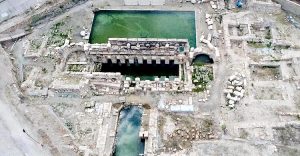
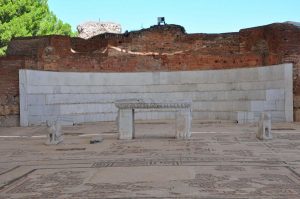
Leave a Reply